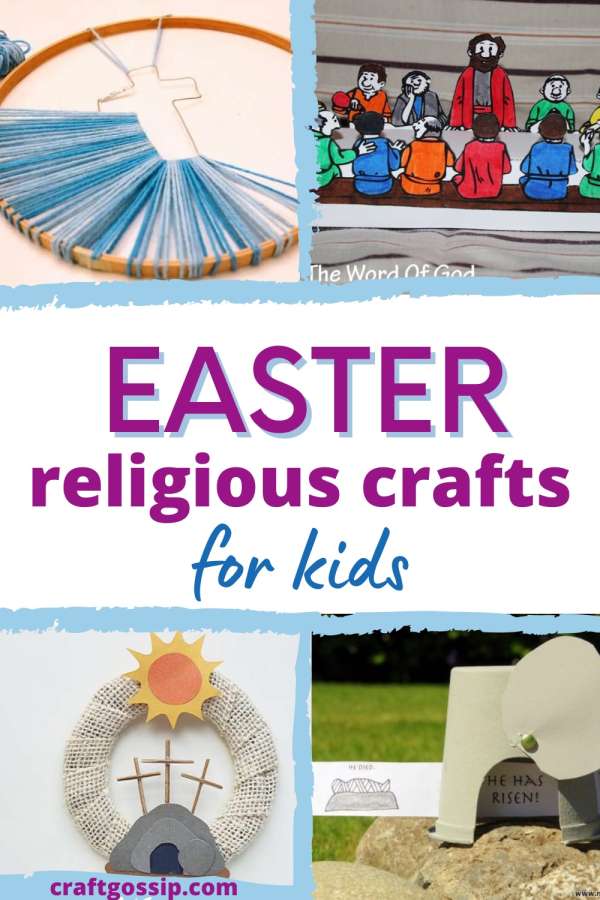 The scientific method is the basis for all research that’s done in science, and it’s how we go about doing experiments in the classroom or in the real world. You probably remember at least parts of it from your own school days, and it’s actually great to start using this process with kids even at a young age.
The scientific method is the basis for all research that’s done in science, and it’s how we go about doing experiments in the classroom or in the real world. You probably remember at least parts of it from your own school days, and it’s actually great to start using this process with kids even at a young age.
The basic parts of the scientific method are to make observations, come up with a question based on those observations, predict what you think will happen, experiment, record your results and draw conclusions, and share your results with others.
That sounds complicated, but introducing the scientific method can be as easy as telling kids about a project you’re going to try and asking what they think will happen and why. Then do the thing and talk about what happened and why.
This can be worked into projects as simple as blowing up a balloon, making slime or playdough at home, or any of the classic science experiments we all know and love.
If you want a project to walk through learning the scientific method for kids, Little Bins for Little Hands has a post all about it and an ice melting experiment you can use to practice the steps. There’s even a full set of scientific process printables you can use with all the steps laid out and explained, as well as sheets kids can use to write or draw their responses to the different steps.
Once you and they start thinking in terms of the scientific method when you do activities, this process will start to come quite naturally. Kids are naturally little scientists full of curiosity about the world around them, and using the scientific method to guide their inquiries is a great way to focus their attention and get them thinking scientifically.
Learn more at Little Bins for Little Hands.
[Image by info9srinivas from Pixabay]
 One way to
One way to
Leave a Reply